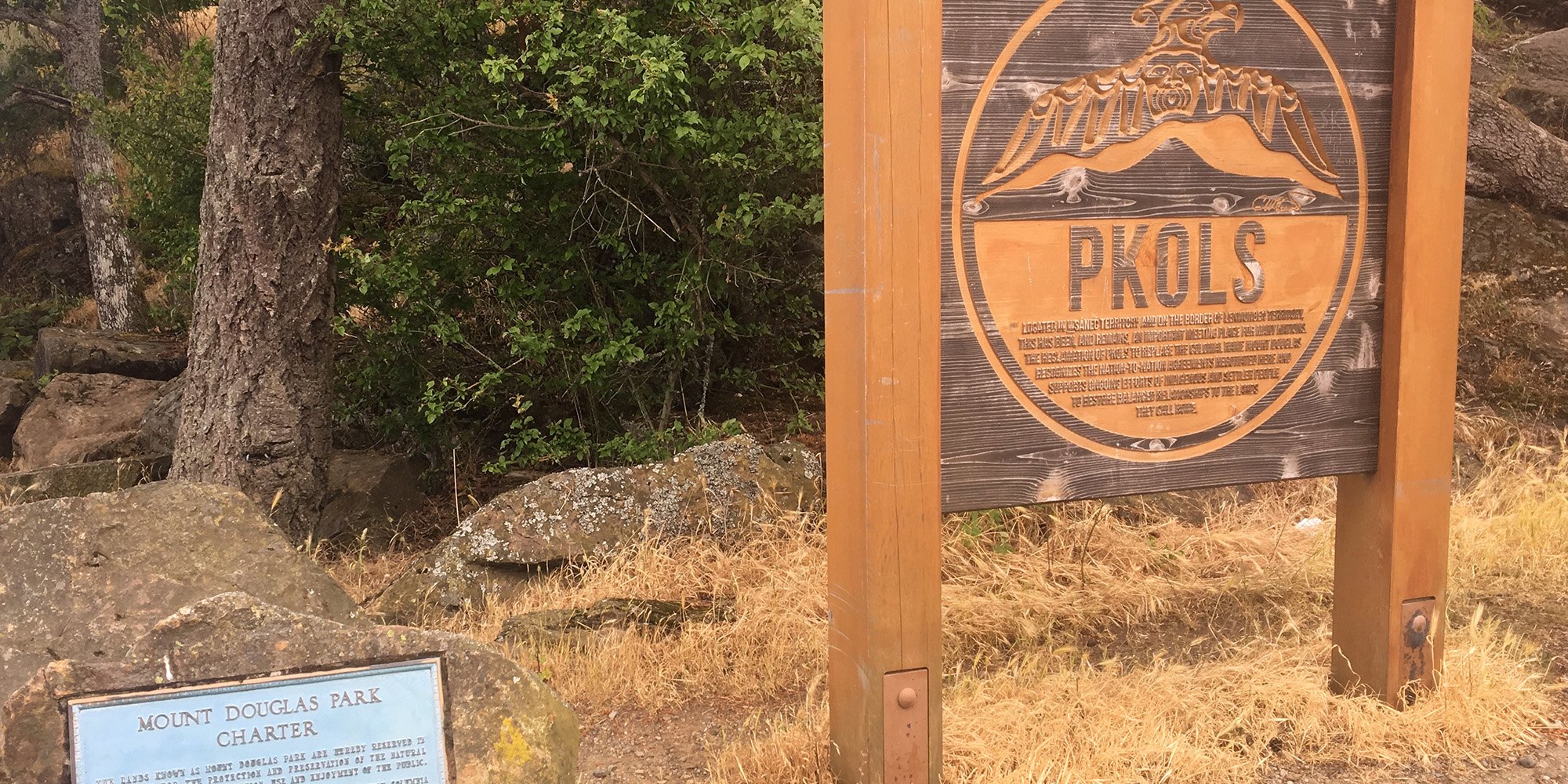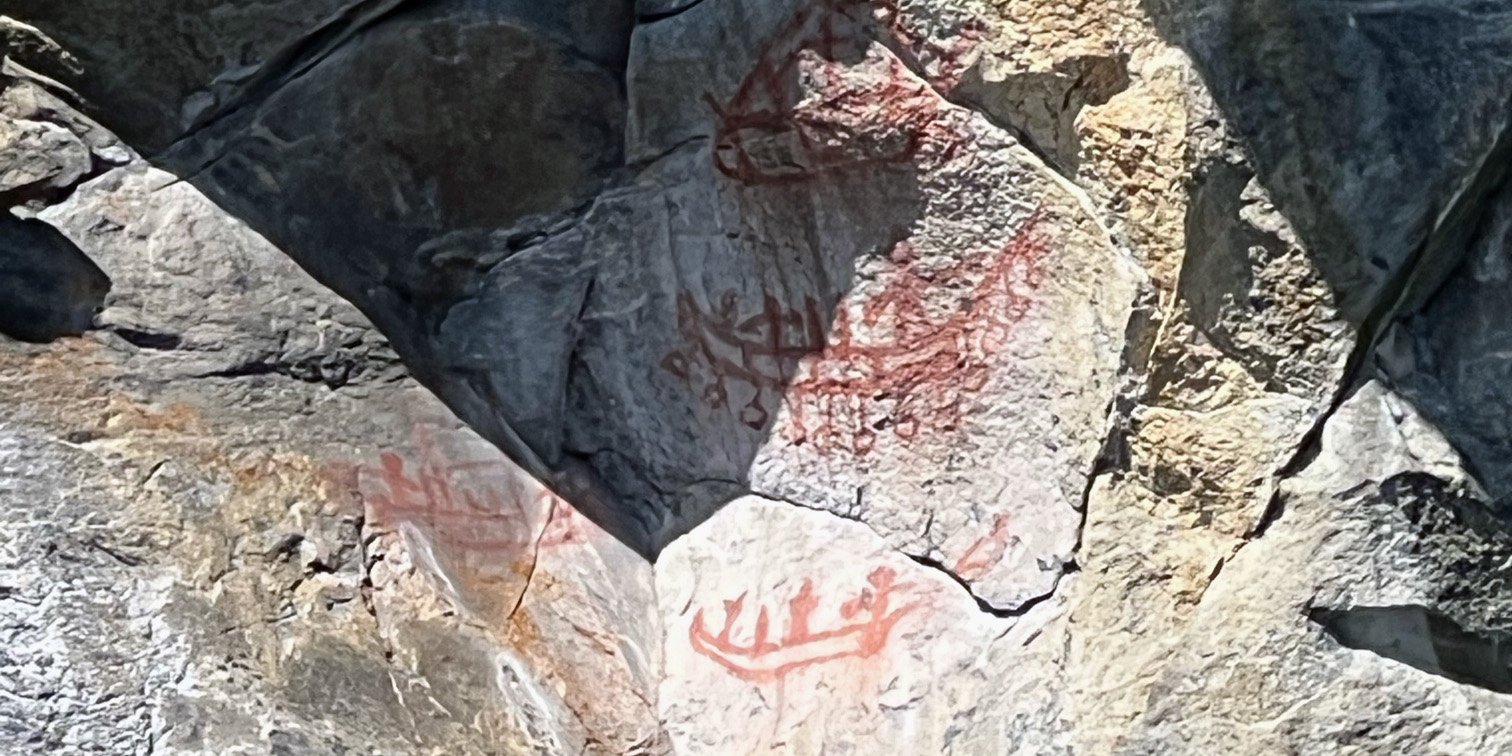The Importance of Indigenous Radio
By Olivia Marie Golosky When we think of the radio landscape in Canada, especially in the mainstream context, the Canadian Broadcasting Company...
Tell me and I forget. Teach me and I remember. Involve me and I learn.
Benjamin Franklin
Benjamin Franklin could well have been speaking about the Turtle Island Voices series of books. This series, which includes modules for grades one through eight, does just that - it involves the students - Aboriginal and non-Aboriginal alike - in learning about Aboriginal Peoples and cultures. Each grade level has a series of books with stories built around a variety of genres which involve Turtle Island teachings and traditions. The language, content and pictures generate discussion, even at the earliest grades, and the series is structured so that teachers can introduce projects based on a theme or story.
Far too often, classroom resources for Aboriginal studies are rooted in the past. The glaring error of this sort of teaching is that it perpetuates the perspective that contributions by Aboriginal people to Canada are relegated to the past, and are not part of the present and future. When culturally relevant and contemporary teaching materials are available to young children then those children are far more likely to grow up understanding and respecting Aboriginal people.
These books appeal to Aboriginal students because the histories, cultures, traditions and contributions of First Nations, Métis and Inuit are represented with honour and respect. The stories and characters are relevant to the students’ own lives and give them the confidence to share the connection. Kerry Cholowski, who has been teaching for 24 years and currently teaches Grade 1 at Betty Huff Elementary, in Surrey, BC, recently introduced the books to her students and is thrilled with the response. “The books connect with my Aboriginal students because they themselves have a history of storytelling. For example, the stories about the animals in the forest are stories that they can add to with stories from their families. When we did a project on bears in relation to one of the stories one little Aboriginal girl brought a spirit bear ornament from home and shared the story of spirit bears with the other kids and that was great to see.”
These books appeal to non-Aboriginal students, including new Canadians, who frequently come from highly cultural backgrounds. “The books are a great way for new Canadian students to learn about Canada, to learn about Aboriginal cultures and connect various aspects to their own culture, to learn about who was here first and about the animals in Canada,” says Cholowski.
These books appeal to teachers because they are so very well received by the students. The authors and artists have created pages that have eye appeal and content that is engaging and interesting. The modules are very easy to incorporate into the curriculum which is a huge asset to teachers who are busy balancing the needs of a diverse group of students.
“These books relate to all parts of the curriculum so you can use them for social studies, reading, writing or arts. They are also very versatile - you can simply read them to the students, or you can use them for guided reading, or the students can read them on their own. Working with these books has been one of those really positive experiences - they are so cool because they are really fun to teach, very easy to use and they have been such a positive in the classroom. These books should be in all the classrooms!”
When asked for her best piece of advice for teachers on how to make their classrooms inclusive for Aboriginal students, Cholowski says "Getting your hands on great books and teaching materials is key. I can have very open conversations with the Aboriginal childcare worker in our school and she helps me find ways to bring drumming, storytellers etc. into the classroom. Most importantly, building the bond between home and school. My principal tells us all the time "School does not look the same for everyone". Really that just means being open to working with everyone, helping all learners to feel included, and not holding to one strategy for all. Everyone has to feel welcome, and safe and they need to belong! All teachers need to do that every day for everyone.
Do you know of an Aboriginal teaching resource for teachers and students that you would like to recommend? Let us know.
Featured photo: Book illustration. Photo: Rubicon

By Olivia Marie Golosky When we think of the radio landscape in Canada, especially in the mainstream context, the Canadian Broadcasting Company...

What is the relationship between Indigenous Peoples and place names? Indigenous place names carry knowledge that has been passed from generation to...

Many Indigenous Peoples of North America did not have written languages and instead relied on oral histories to pass down their traditions and...